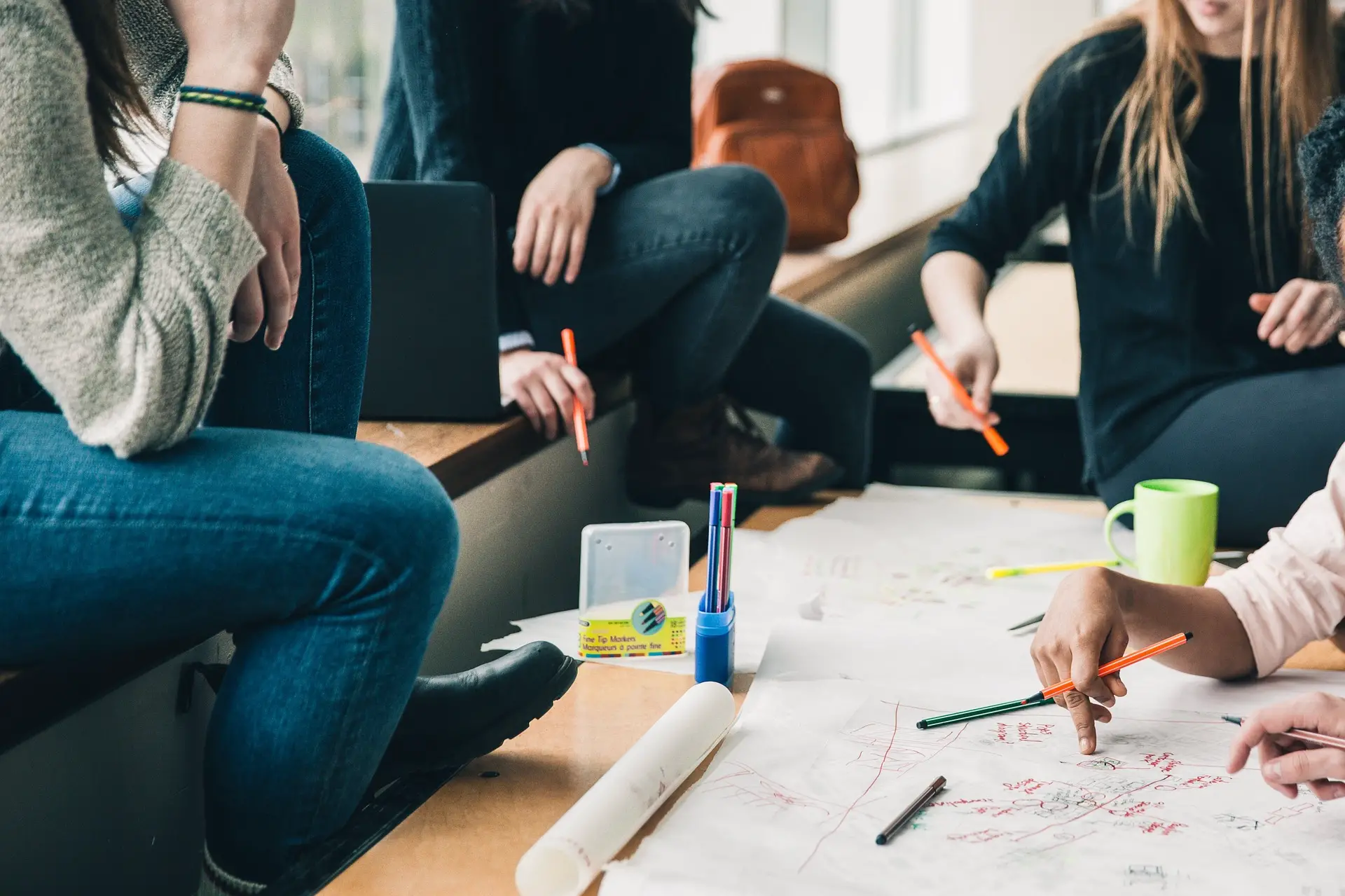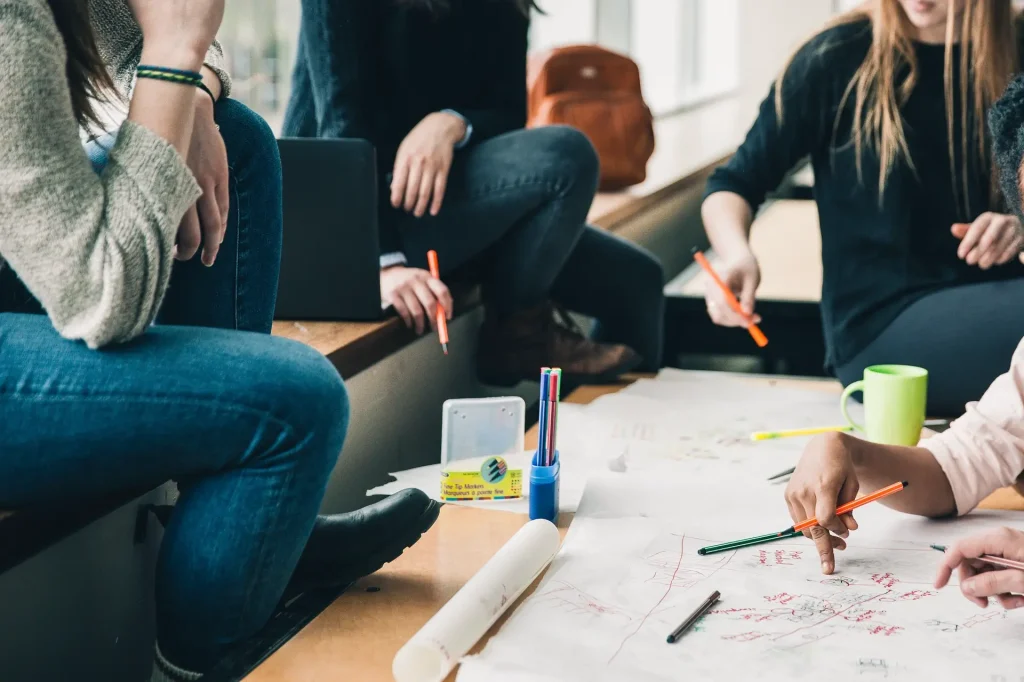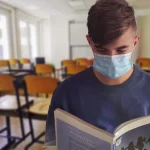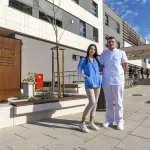
August 31, 2020 – Just before the beginning of the new school year next Monday, the Ministry of Science and Education announced “Models and recommendations for work in conditions related to COVID-19 in the pedagogical / school year 2020/2021”, which are recommendations for safer educational work and teaching in kindergartens and schools. A look at how school will look during the coronavirus pandemic in Croatia.
Kindergartens
When bringing children, the parent can enter the kindergarten, but must change their shoes or have plastic shoe covers, they must have a mask on their face and must disinfect their hands. The parent can stay with the child in the kindergarten for a maximum of 15 minutes a day, and the principal is obliged to make a schedule of the parents’ stay in kindergarten groups and inform them about it in time. It is not recommended to have a large number of parents in one room at the same time, reports Večernji.hr.
More parents only outdoors
A large number of parents and children of one educational group can stay for more than 15 minutes only in the open space, but with the obligatory distance and wearing a mask for the parent.
Primary school – the first grade
As for the first day of first grade students in primary school, it is not recommended to hold regular school events, but it is possible to plan the joint arrival of students and one parent to school to introduce children and parents to the teacher, for each class in a separate room or outdoors. If one parent comes with a child and they enter the classroom together, a special time should be planned for that, when there are no other students in the school, and in compliance with all epidemiological measures. Parents should not stay in school for longer than 15 minutes. It needs to be worked out how textbooks will be distributed to students and how parents will take them over. Teachers can also use the first day to hold a parent meeting, ie give instructions related to the organization of work, introduce children and parents to epidemiological instructions and recommendations, and agree on the possibility of distance communication because parents are not recommended to enter schools. This meeting can also be held outdoors or it can be online, but only if all parents have the opportunity to do so.
Primary school (the rest of the grades) and high school
When it comes to the first day of school for students in other grades of primary and high schools, students should be informed before September 7 about the time of arrival at school and compliance with all instructions, as well as the classroom where classes will be held for them. And the prescribed instructions for transportation, entry, and exit will apply from day one. It is necessary to develop a protocol for sharing and receiving textbooks in advance. The duration of classes on the first day can be adjusted to the specifics of space and number of students, and it is desirable that only the class teacher is with the students and not other teachers.
The school can also plan classes on the first day, depending on the decision of each school. Teachers are obliged to acquaint all class teachers with the rules and obligations, risks, and instructions that must be followed, taking into account the age of students and their specifics, especially if they are students with disabilities. Parent meetings and employee meetings need to be planned remotely. In exceptional situations, meetings are also possible outdoors. Regarding the educational work in kindergartens and schools, the document of the Ministry proposes three models: work and teaching in the institution, mixed form (part in the institution, part at a distance), and work and teaching at a distance. These are flexible models that can be changed or supplemented at the local level in accordance with the epidemiological picture and new findings on the spread of infection and disease. The school decides on the application of an individual model in cooperation with the founder and the competent local headquarters.
The “school teaching” model implies that all students are educated in school face to face with adherence to epidemiological guidelines. These are enhanced personal hygiene, hand disinfection, and respect for the greatest possible physical distance in students from 1st to 4th grade of primary school. For students from the 5th to 8th grades of a primary school, there must be a physical distance of 1.5 m in the classroom or about 2 m between all persons (students and teachers) in classrooms of secondary schools. If the prescribed distance is not ensured in the upper grades of primary and secondary schools, students and teachers are obliged to wear masks. For students who belong to a highly vulnerable group, as well as for students who are absent from school because they are COVID positive and who are in self-isolation, classes are organized as distance learning. In addition, if during the performance of certain forms of teaching (eg elective, optional classes, additional and supplementary …) it is not possible to avoid physical contact of students from different classes, for these groups of students classes are organized as distance learning.
School in two shifts
As a larger number of students in the school also means a higher risk of transmitting infections, for schools that have worked in one shift so far, and have a large number of students in relation to small space possibilities or cannot provide the recommended physical distance, it is proposed to work in two shifts. The model of teaching “partly in school, partly at a distance” is applied when the spatial and personnel conditions do not allow work with respecting epidemiological measures. This means that students will not be able to have classes at school at the same time, but priority groups of students who will have classes at school must be determined, and for other students, it should be ensured that they have occasional classes at school and occasionally distance learning. It is possible for students to take turns being at school for one week and at home the other. Within this model, for students from the 1st to 4th, classes are held at the school with enhanced personal hygiene, hand disinfection, and respect for the greatest possible physical distance. The students from 5th to 8th grades and high school students follow classes by dividing the classroom into two groups, which means that while one group monitors classes at school, the other group monitors it remotely. Classes take place in shifts lasting one week or in a regime of 3 + 2/2 + 3 days. Groups of students per shift should be permanent. The “distance learning” model means that all students follow distance learning at the beginning of the school year.
For the latest travel info, bookmark our main travel info article, which is updated daily.
Read the Croatian Travel Update in your language – now available in 24 languages
Join the Total Croatia Travel INFO Viber community.











